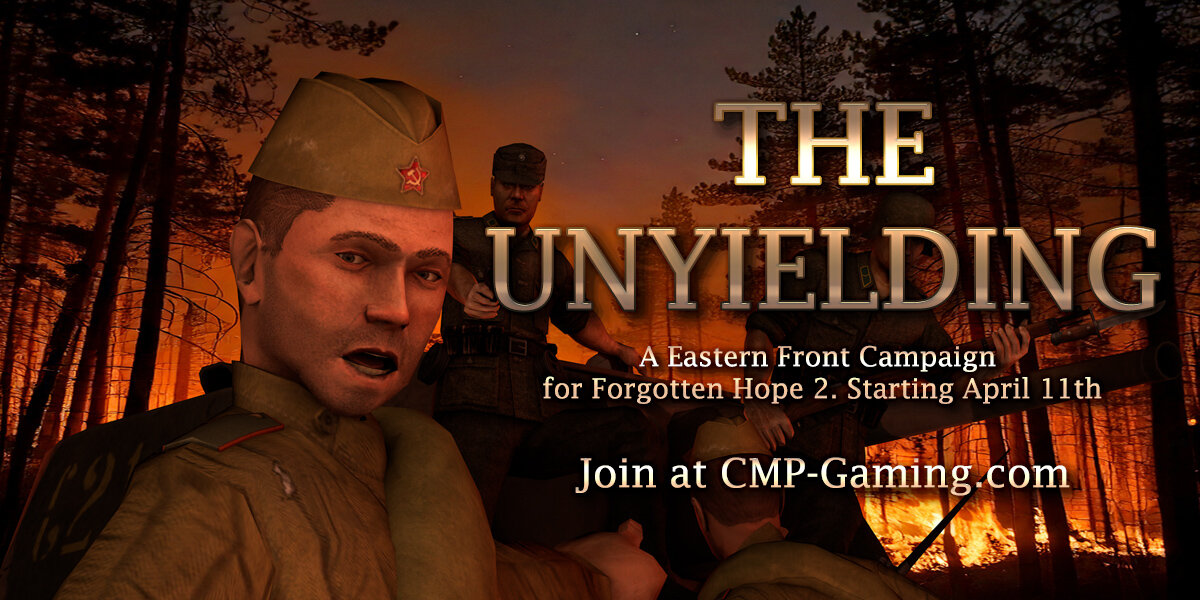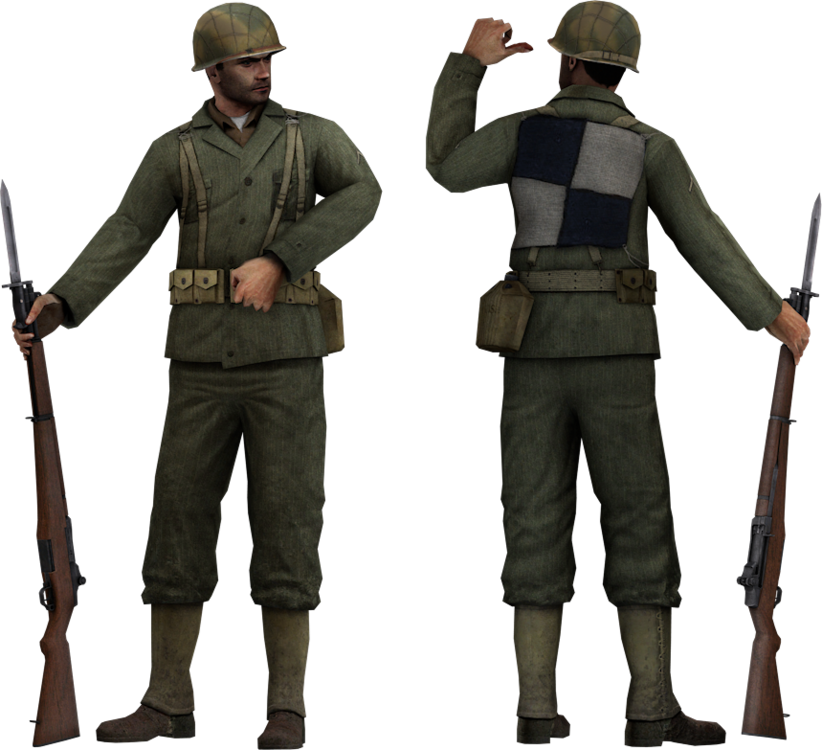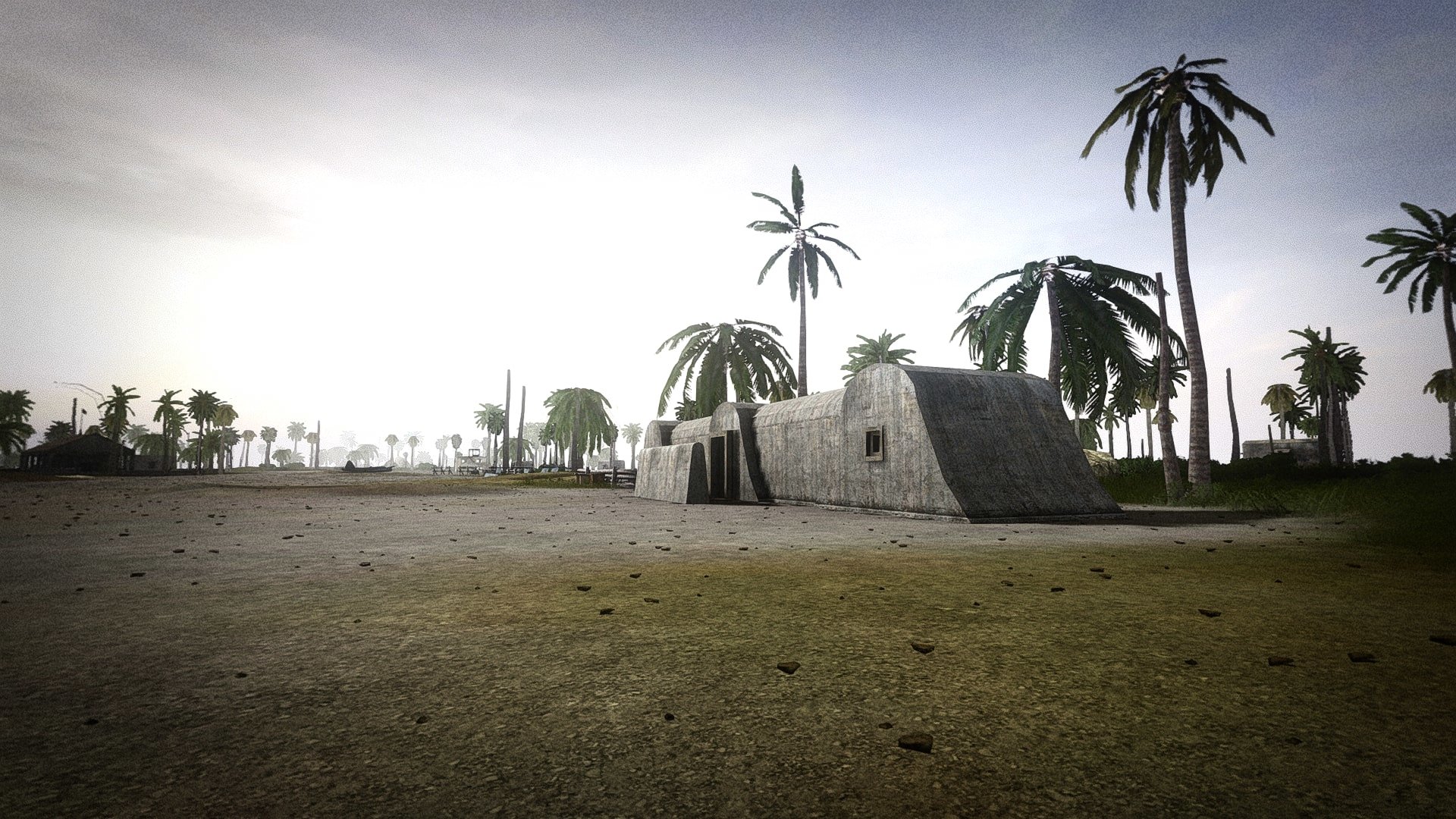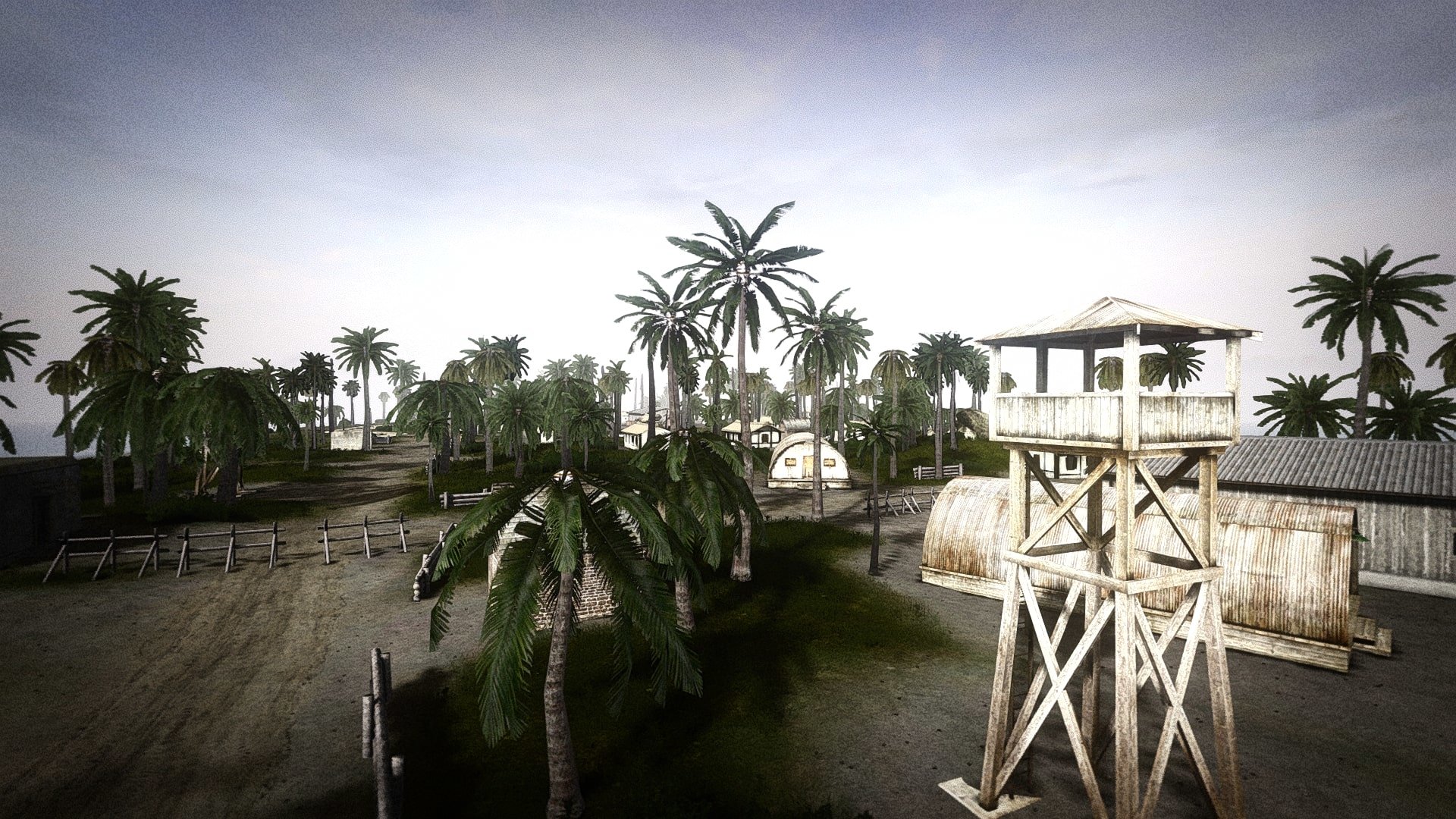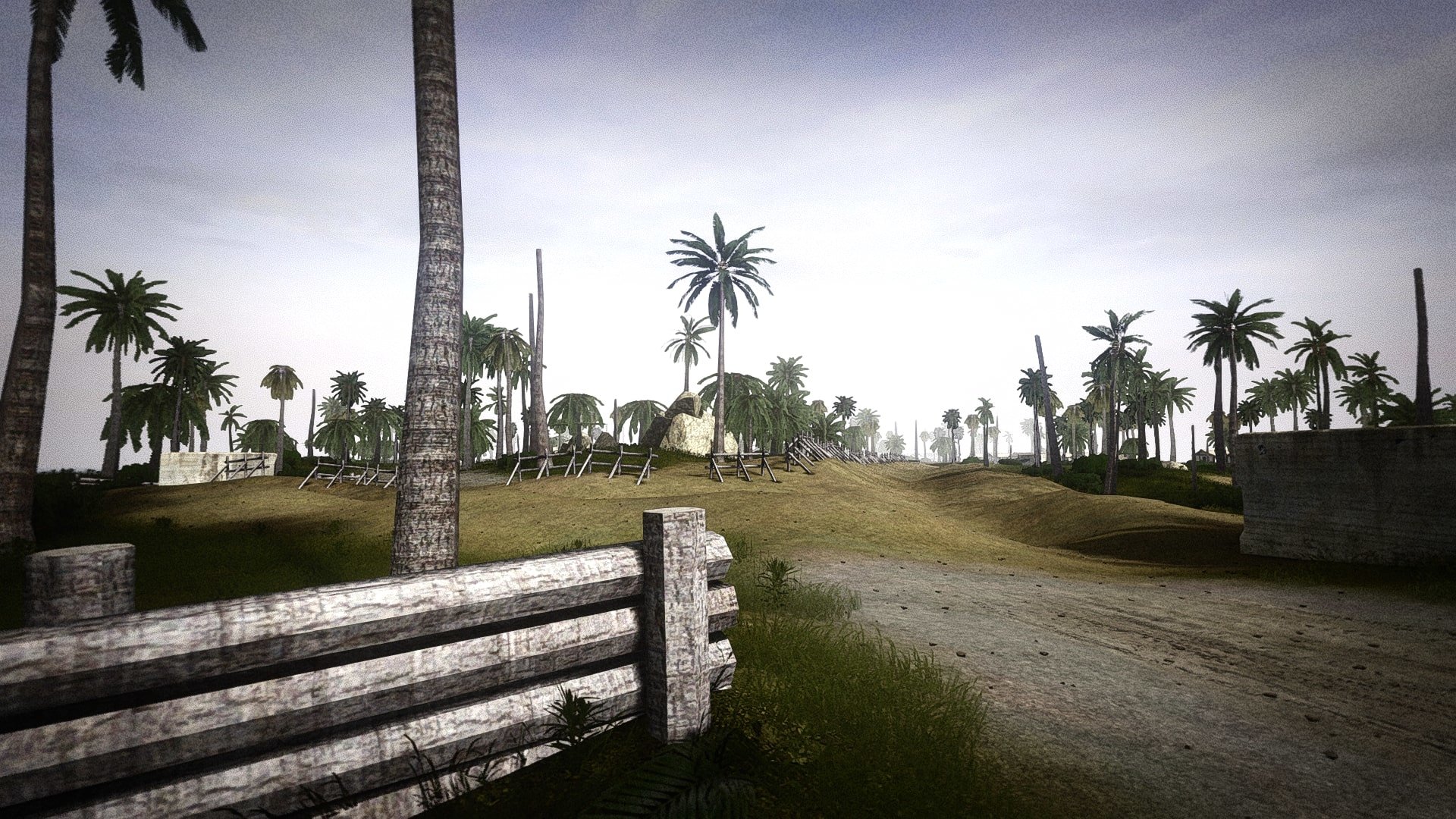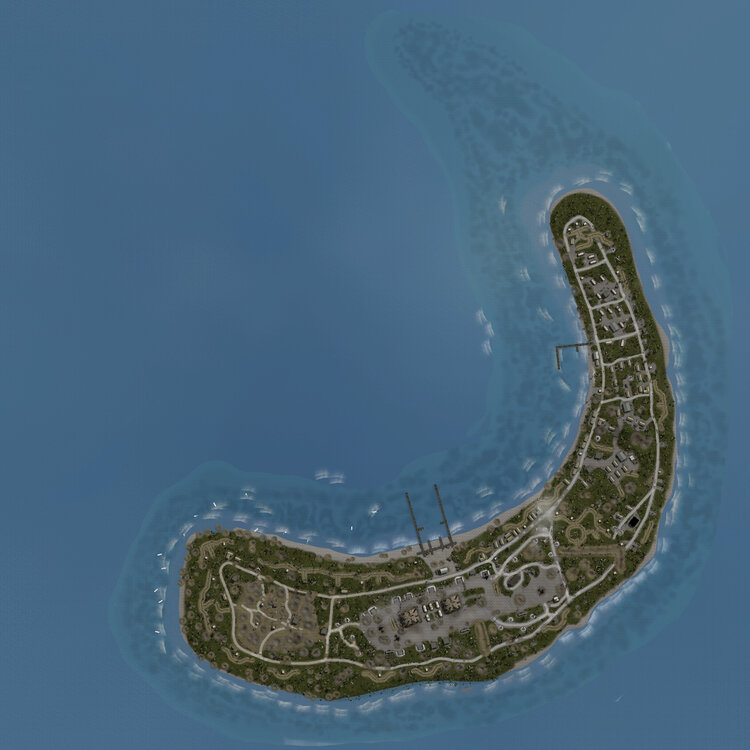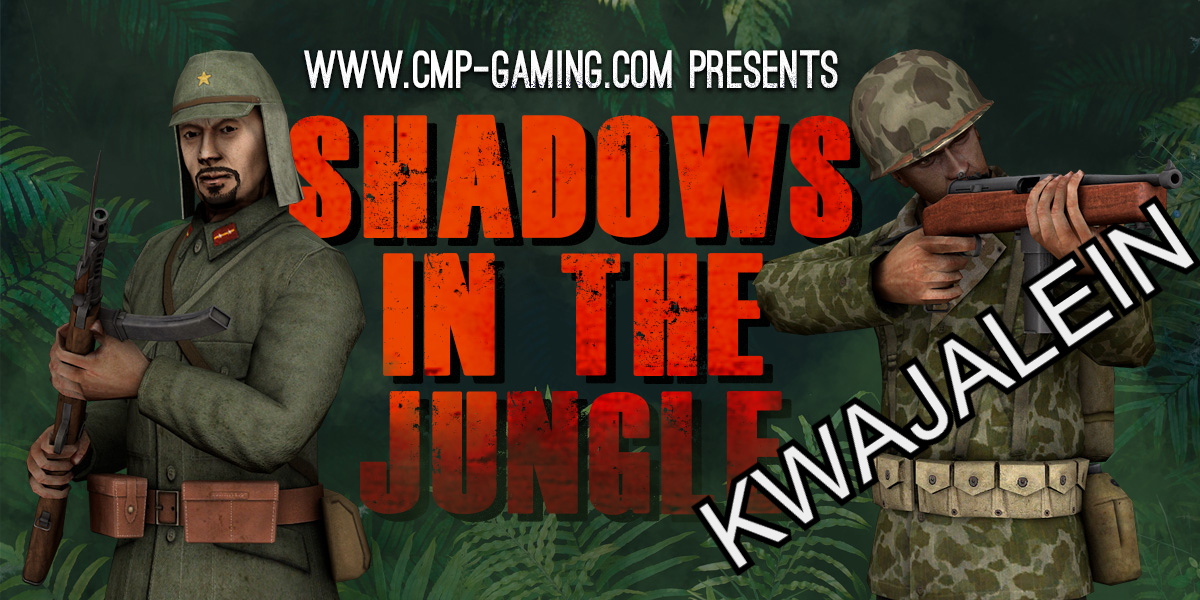
FH2 Campaign #12 - Shadows In The Jungle: Battle# 8 Kwajalein
Event created by Quicksilver
Event details
CMP FH2 Campaign #12: Shadows In The Jungle
Battle #8
| The Problem with the Friendly Fire Kwajalein 1944 |
|
(click on the image to enlarge)
|
| Kwajalein by Watchtower |
|


